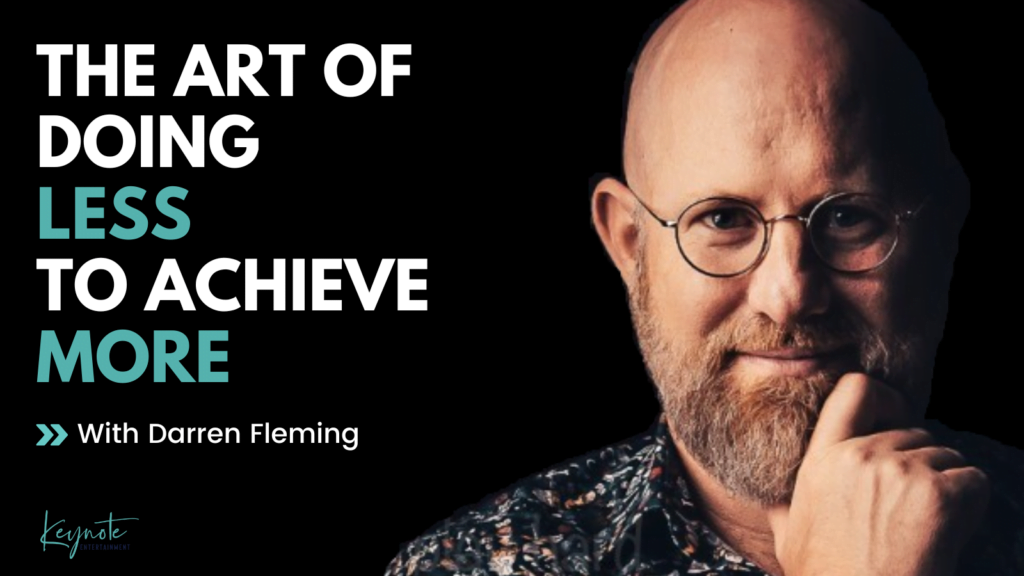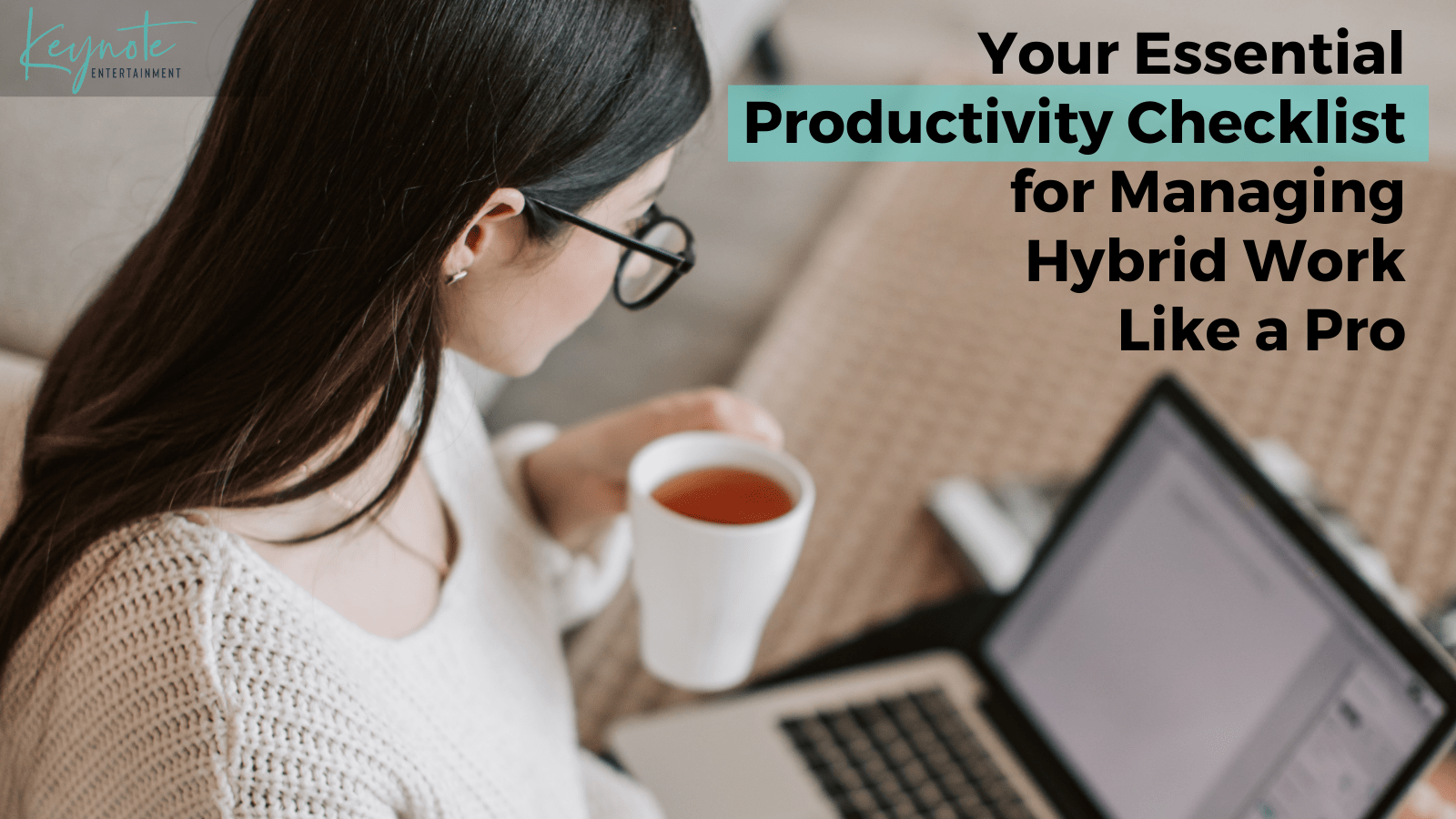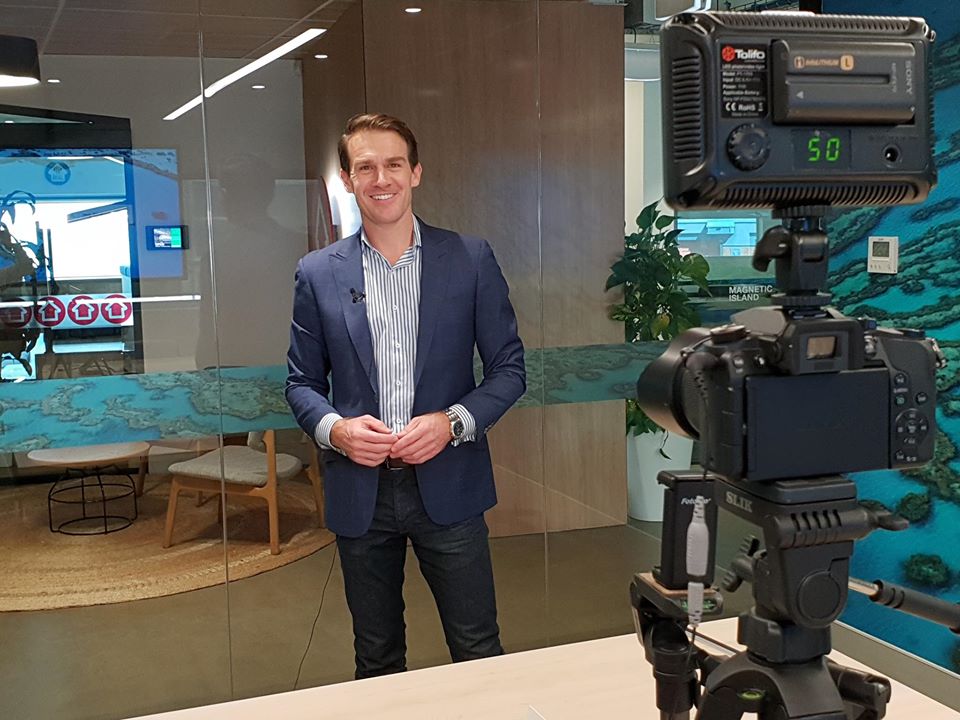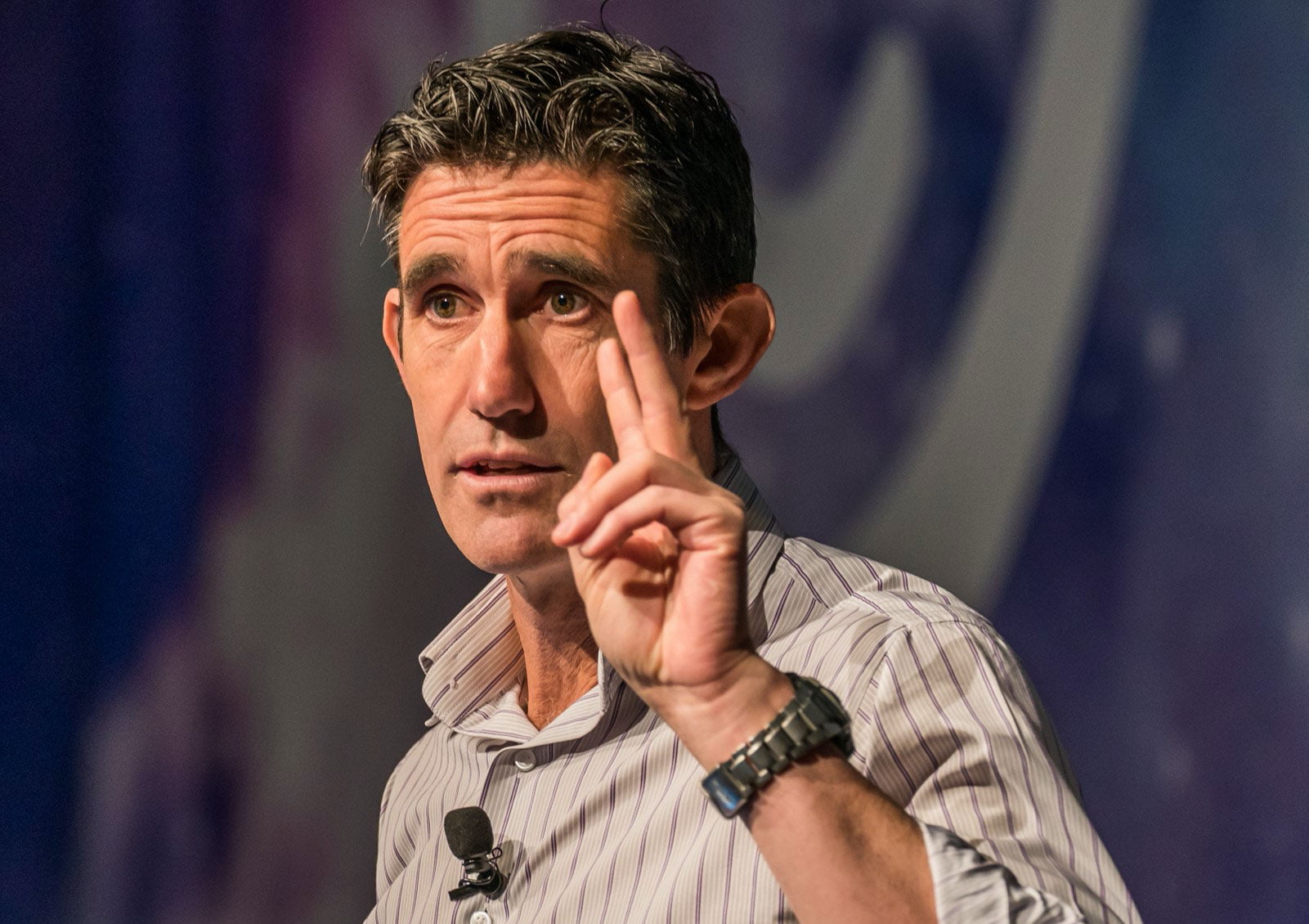Your Essential Productivity Checklist for Managing Hybrid Work Like a Pro
“You don’t get paid for the hour, you get paid for the value you bring to the hour.” – Jim Rohn Though the idea of 9-5, Monday-Friday seems destined to be relegated to the rear-view mirror, there’s no doubt that the post-pandemic office recall has begun. Workers are dusting off their office finery, topping up …
Continue reading “Your Essential Productivity Checklist for Managing Hybrid Work Like a Pro”
Our Gift To You with Donna McGeorge – Making Work From Home Work
Donna McGeorge is a dynamic transformer of company culture and the next speaker in our “Gift To You” series. She specialises in encouraging individual problem-solving, initiative, empowerment and self-responsibility. One of Donna’s Motivational speaking topics is titled “Anywhere, Anytime” which focuses on virtual teams. Her belief is that we should stop talking about virtual teams, because …
Continue reading “Our Gift To You with Donna McGeorge – Making Work From Home Work”
Virtual Conferences – What Smart Companies are doing during this crisis
Smart Companies know that the coronavirus, like everything, will eventually pass… However, during this uncertain period, it is vitally important to educate and inspire your team for morale and productivity. A tailored, interactive keynote presentation that is relevant to your team’s needs, concerns and professional development! So, whether your team is working from home or they …
Continue reading “Virtual Conferences – What Smart Companies are doing during this crisis”
Leading Your Team Through COVID-19
Ebola leadership expert, Mark “Squiz” Squirrell OAM was deployed to Liberia (with the United Nations) and Sierra Leone (with Aspen Medical) during the 2015 Ebola Outbreak. It was Mark’s job to keep staff safe and ensure that the organisation could continue operating at the epicentre of the health emergency. Using this valuable knowledge and insight, …
Continue reading “Leading Your Team Through COVID-19”





